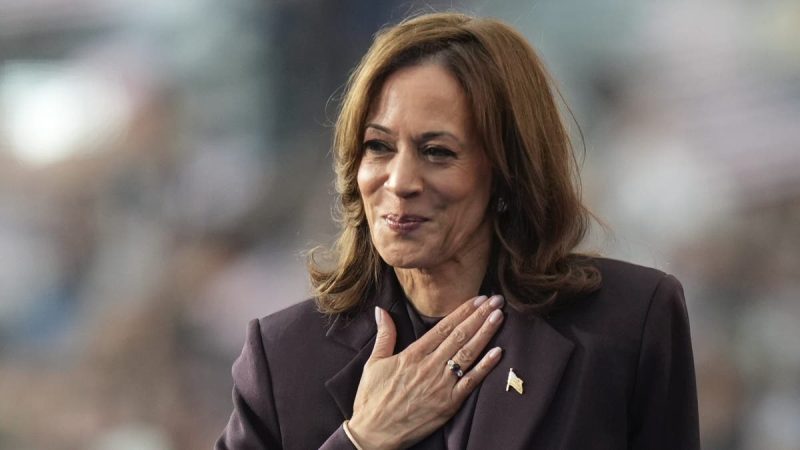In light of the recent news surrounding Vice President Kamala Harris and her performance during the 2024 presidential run, it is clear that her struggles in this campaign echo those of her ill-fated 2020 bid. From issues with messaging to failures in strategic decision-making, there are several key factors that contributed to her lackluster performance in both instances.
One of the critical aspects that stood out in both campaigns was Harris’ inability to establish a clear and resonant message. Throughout her 2020 and 2024 runs, Harris failed to define a compelling narrative that effectively communicated her vision and values to the electorate. Her messaging often appeared muddled and inconsistent, leaving voters unsure of what she stood for and what she hoped to achieve as a candidate. This lack of clarity ultimately undermined her ability to connect with voters and build a strong base of support.
Another factor that played a significant role in Harris’ struggles in both campaigns was her difficulty in navigating complex political challenges. In 2020, Harris faced criticism for her shifting positions on key issues and her perceived lack of authenticity. Similarly, during the 2024 race, she encountered difficulties in responding to evolving political dynamics and effectively adapting her campaign strategy. Harris seemed to struggle with maintaining a consistent approach to key policy areas and failed to effectively communicate her positions on critical issues, which further eroded her credibility with voters.
Moreover, Harris’ campaign in 2024 was also hindered by internal management issues and organizational challenges. Reports of infighting and clashes among her staff pointed to a lack of cohesion within the campaign team, which likely had a negative impact on overall strategy and execution. Additionally, the failure to effectively coordinate messaging and outreach efforts further hampered Harris’ ability to build momentum and gain traction in a crowded field of contenders.
Furthermore, Harris’ performance in both campaigns underscored the challenges she faced in appealing to a broad coalition of voters. Despite efforts to position herself as a unifying figure, Harris struggled to attract support from diverse demographic groups and failed to energize key constituencies within the Democratic Party. Her inability to forge strong connections with voters across different demographics and regions limited her appeal and undermined her prospects for success in both races.
Overall, the parallels between Harris’ ill-fated 2020 campaign and her struggles in the 2024 presidential run highlight the persistent challenges she faces as a candidate. From messaging missteps to strategic misfires, Harris has been unable to overcome key obstacles that have impeded her path to the presidency. As she reflects on her experiences in both campaigns, Harris must consider these lessons learned and take proactive steps to address these shortcomings if she hopes to succeed in future political endeavors.
